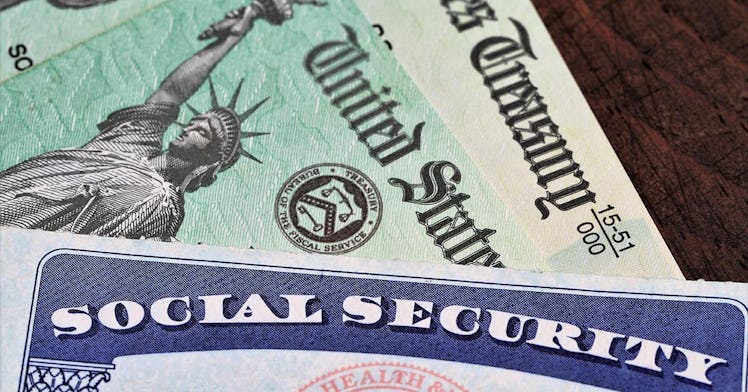The 65 million elderly, disabled, and widowed Americans who receive monthly Social Security checks are due for a sizeable raise for the first time in years, an increase that could relieve some of the pressure on working families’ finances. Here’s what you need to know.
Since 1975, the Social Security Administration has annually adjusted, based on the rate of inflation, the amount of the monthly payment sit sends out. This cost-of-living adjustment, or COLA, is designed to ensure that recipients have roughly the same buying power even if prices go up.
Normally, the COLA isn’t very big. It was 1.3 percent last year and 1.6 percent the year before. In 2009, 2010, and 2015 it was zero. But this year, early signs point to a much more substantial increase. To understand why you have to understand how COLA is calculated.
The Social Security Administration uses the Consumer Price Index for Urban Wage Earners and Clerical Workers, or CPI-W to calculate the level of inflation. The Bureau of Labor Statistics, which calculates CPI-W monthly, defines it as “a measure of the average change over time in the prices paid by urban consumers for a market basket of consumer goods and services,” everything from food to cars to energy to clothing.
The Social Security Administration takes the CPI-W for the three months in the third quarter of the year (July, August, and September), adds them together, and calculates the increase as a percentage of the previous year’s combined Q3 CPI-W. It then raises the amount of Social Security payments by the same percentage, starting with the December payment (that is received in January of the following year).
Given that it’s still August, we can only compare the CPI-W from July 2021 to July 2020, which saw a dramatic 6.1 percent increase. Assuming that August and September see similar jumps—and there’s no reason to doubt that they will—the 2021 COLA could be the biggest since the 7.4 percent increase in 1982.
The most recent notable increase, 5.8 percent in 2008, also came with an economic catastrophe (the Great Recession) and subsequent stimulus efforts enacted by a Democratic administration. Distributing large sums of money to large numbers of people—as the government has with additional unemployment insurance, the child tax credit, and the three stimulus checks—is a great way to help people through crises that are not of their making.
Everyone who remembers Econ 101 knows that increasing the number of people who can afford a good or service also increases the price of that good or service. And while many conservatives and economics reporters tend to treat inflation as something to be avoided at all costs, its ill effects are mitigated by policies like COLA, which limits the negative effects of higher prices on the populations most affected by them. Eighteen states and the District of Columbia have similarly indexed their minimum wages to inflation using similar logic.
The CPI-W for a given month is typically released around halfway through the following month, so we won’t know the final COLA until mid-October. But barring a dramatic change in the inflationary situation, Social Security recipients are due for a big increase in their payments in years, an increase that will help them afford to pay higher prices on the things they need to live comfortably.
